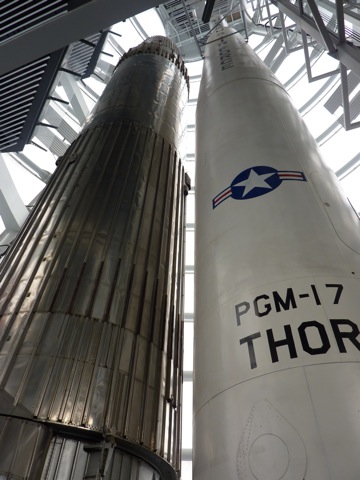Acquisitions
Nick Smart. Neville Chamberlain. Abingdon and New York: Routledge, 2010. I’m not a big reader of biographies, partly because they often aren’t ‘historical’ enough and partly because they usually aren’t about the people I’m interested in. This one satisfies on both counts.


